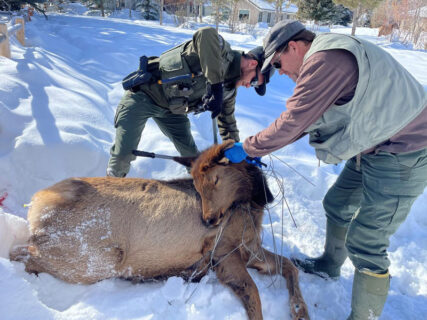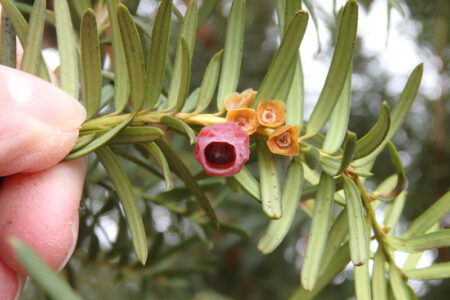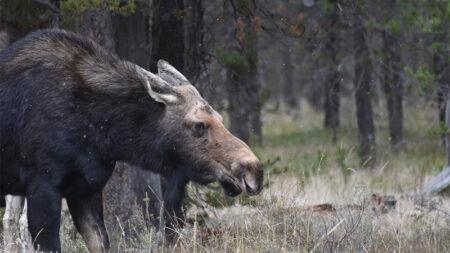Out of sight, out of mind, right? Wrong. Just because wildlife aren’t as visible as they were in the shoulder seasons doesn’t mean they’re “living easy” on their wintering grounds. And if you are seeing wintering wildlife, you may be too close for comfort, which brings us to our next point: Protect wintering wildlife by leaving them alone during the winter.
Winter is a hard time for Idaho’s wildlife, especially for big game animals, like deer and elk, that migrate to lower elevations and spend winter closer to people than during other seasons.
As the snow deepens, forage starts to get limited, and animals usually can’t meet their full nutritional needs by feeding on naturally available food, even at lower elevations where the ground isn’t snow-covered. Deer, elk and other big game animals accumulate fat reserves earlier in the year that typically allows them to survive most Idaho winters, but even the healthiest animals’ limited reserves can be depleted, with fawns and calves being the most susceptible to malnutrition and winterkill.
During an average winter without extreme cold or unusually deep snow, more than 90 percent of adult deer and elk survive. But that number can be significantly lower for fawns and calves, which are smaller and less capable of withstanding winter. On average, about 40 percent of mule deer fawns perish during a normal Idaho winter — and more during a harsh one.
One way to avoid disturbing wintering wildlife is simply leaving them alone when you’re outdoors. A simple rule of thumb is if your presence or actions cause them to move, you’re too close.



